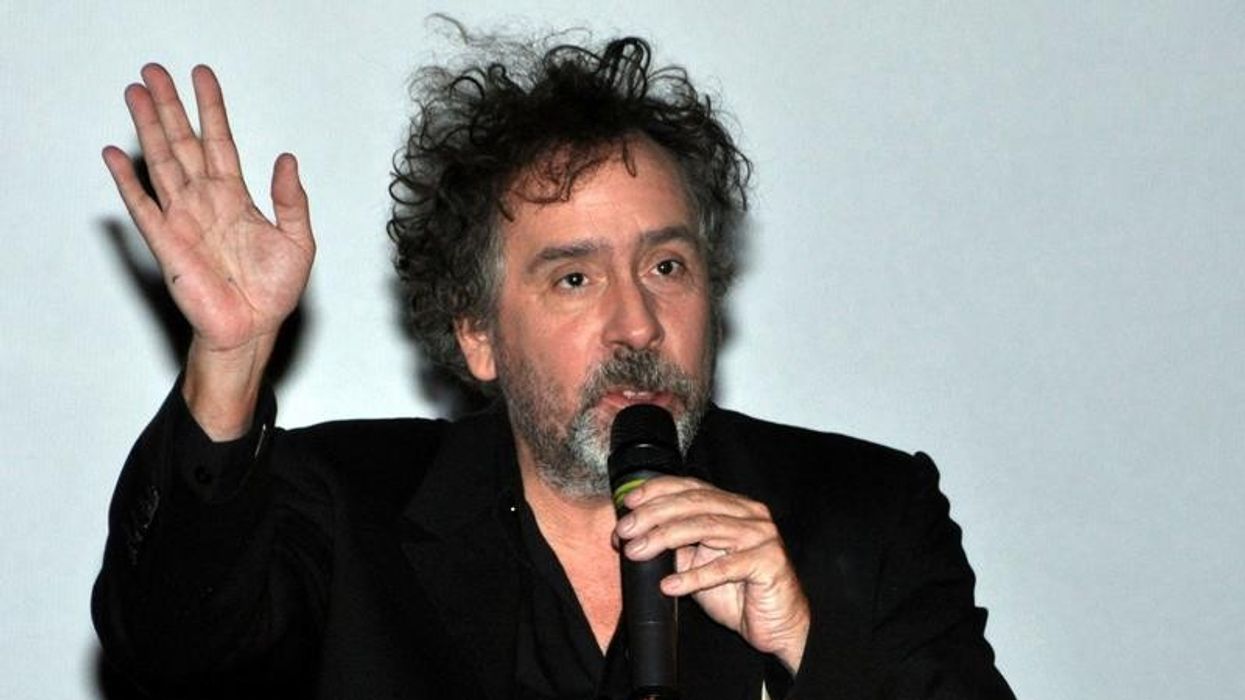DP Rachel Morrison on Capturing the Realistic Look and Emotional Feel of 'Fruitvale Station'

Morrison perfectly explains the balance between a cinéma vérité style of cinematography and dramatic emphasis on the highly emotional subject matter in Fruitvale when she says, "For Ryan authenticity was at the core, and for me, at times, it was important to dramatize the stakes." Morrison explains how she and Coogler often disagreed on how to approach photographing a scene, but managed to come to a "perfect balance." One example of this is the morgue scene with Octavia Spencer. (Warning: spoiler ahead!)
Originally I lit it very dramatically. When Ryan saw it, he was like, “This is a morgue, it should be bright. Turn on the lights.” I said, “It’s also a mother losing her son.” And he said, “But the banality of this experience makes it that much more heartbreaking.” Ultimately, I took dramatic liberty by lighting Octavia from the direction of her dead son, but managed banality and authenticity by turning on all the lights behind her.
Morrison and Coogler decided early on that they wanted to shoot on film to get that gritty feel from the grain. She explains how they made their decision to shoot on Super-16 as opposed to 35mm:
35mm isn’t very grainy any more and so I think Ryan’s gut instinct was to shoot on Super-16. I was actually a little bit nervous about giving up the shallow depth of field as a tool in my arsenal. That was our first conversation -- Ultimately we decided that the visible grain trumped the depth of field. It was also a benefit to have a camera that was very small and easy to maneuver with. We knew that we wanted it to be largely hand-held, to have an exploratory approach with a single camera, close to the actors, moving through space as they do.
Check out a some behind-the-scenes photos from the set:
A donated Arri 416 camera body and Zeiss Ultra 16 lenses made their way into Morrison's hands for the film, which was small enough for her to get close to her subjects and capture their points of view. She explains that the added and much-needed bonus of shooting with this setup was that the lenses tend to be "sharper at the wide-open end." She faced the issue of low light situations, so maintaining sharp images was important.
The mixture of Fruitvale's realistic and emotional approach to cinematography helped make it one of the must-see films of the year. It's now playing in theaters everywhere.
What did you think of the look Rachel Morrison captured in Fruitvale Station? Can you see the balance between her and Coogler's different sensibilities? Let us know in the comments.
Link: Fruitvale Station D.P. Rachel Morrison -- Filmmaker Magazine
[behind-the-scenes photos posted by Kodak]
















